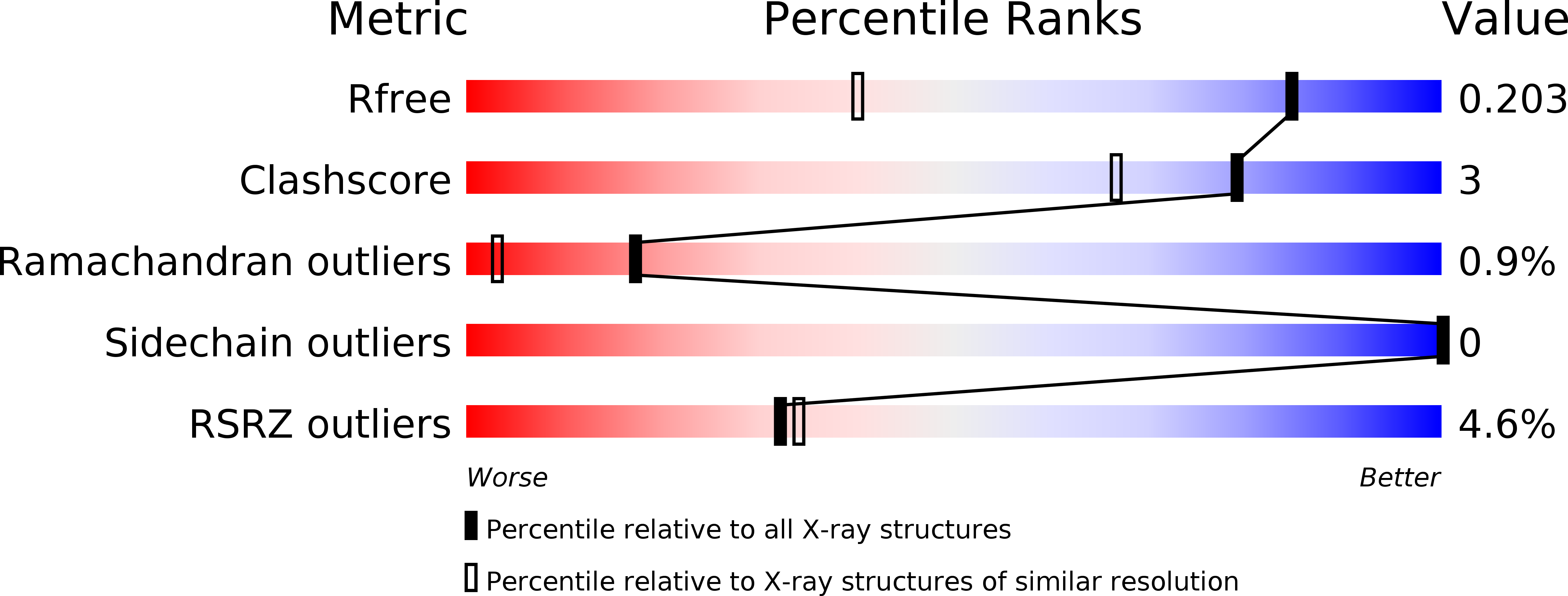
Deposition Date
2009-06-01
Release Date
2009-06-23
Last Version Date
2023-09-06
Entry Detail
PDB ID:
3HNX
Keywords:
Title:
Crystal structure of a designed Cyanovirin-N homolog lectin; LKAMG in P212121 space group
Biological Source:
Source Organism:
Tuber borchii (Taxon ID: 42251)
Neurospora crassa (Taxon ID: 5141)
Neurospora crassa (Taxon ID: 5141)
Host Organism:
Method Details:
Experimental Method:
Resolution:
1.37 Å
R-Value Free:
0.21
R-Value Work:
0.16
R-Value Observed:
0.17
Space Group:
P 21 21 21


